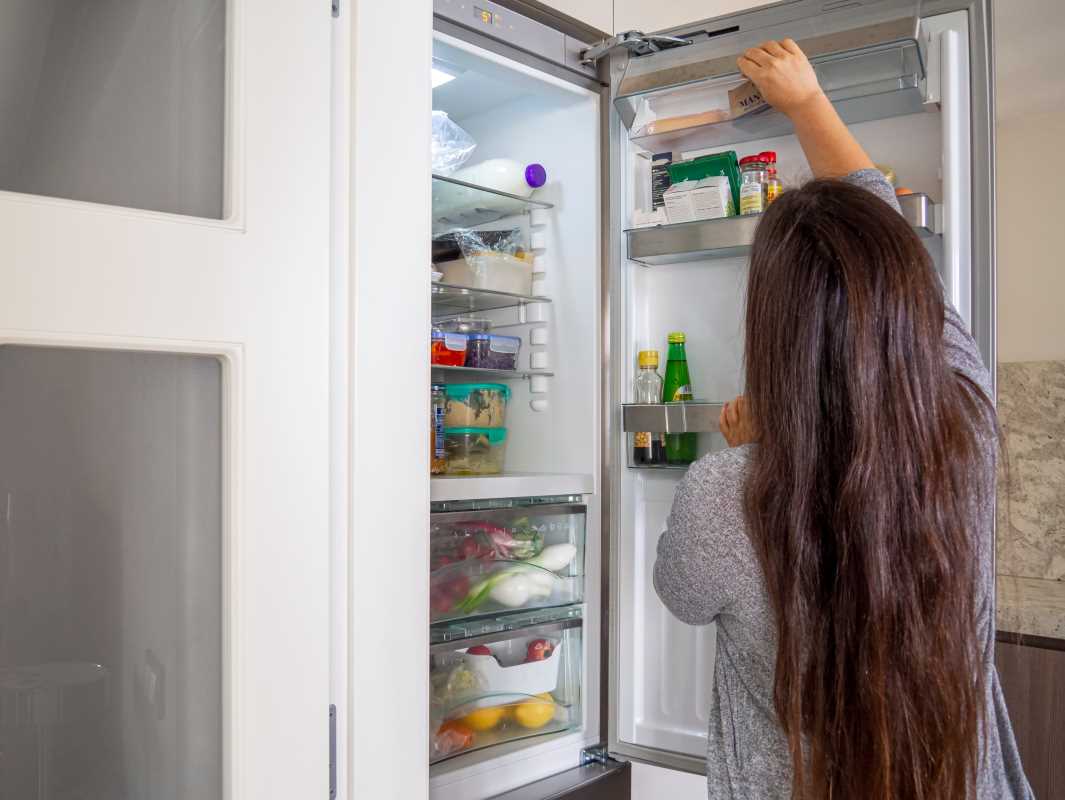Every parent knows how quickly a day can fill up. Between work, school drop-offs, after-school activities, meal prep, errands, household chores, family time, and the unexpected curveballs, life as a busy family often feels like a high-speed juggling act. The secret to carving out calmer days and making the most of your collective energy? Solid, thoughtful routines.
A well-crafted family routine doesn't just make life feel more organized; it can bring comfort, instill good habits, and help everyone work together toward shared goals. This guide will explore why routines matter, how to create one that fits your lifestyle, and actionable tips for sticking to it—even when life feels packed to the brim.
The Value of Family Routines
Before creating a routine, it’s important to understand the value it brings to your family dynamic. Routines aren’t just about checking items off a to-do list; they’re about building a framework for smoother days and cherished moments. Here’s why routines are indispensable for busy families:
- Predictability: When the day has structure, children and adults alike know what to expect. That predictability can ease transitions (think morning rush or bedtime chaos), reduce arguments, and limit unnecessary stress.
- Time Management: Routines help make sure time is spent wisely. Instead of rushing from one task to another, you prioritize what truly matters, like family meals or downtime.
- Building Positive Habits: Repetition is key to instilling good behaviors. Routines encourage regular sleep schedules, healthy meals, and daily physical activity without you having to think twice.
- Shared Responsibilities: A clear routine ensures that everyone knows their role. This can prevent parental burnout and teach kids accountability from a young age.
- Intentional Quality Time: When routines intentionally include family moments or shared downtime, you’re more likely to enjoy the time together without distractions or oversights.
Key Elements of an Effective Family Routine
Not all routines are created equal. Effective routines have a few essential ingredients:
- Consistency with Flexibility: While routines thrive on predictability, they should still bend when life throws curveballs. For example, if a dinner party shifts bedtime back, it should be easy to recover the next day.
- Age-Appropriate Responsibilities: Younger kids may help with simpler tasks, like tidying toys, while older ones take on more responsibility, like packing their school bags.
- Clarity: Spell out expectations clearly. Whether it’s a visual chart for young kids or a digital calendar for teens, everyone should understand what’s next.
- Inclusivity: When routines are developed together, kids are more likely to buy in and feel empowered.
- Balance: Time is scheduled for obligations, fun, and downtime. A packed timetable with no room to breathe will backfire.
The Emotional Payoff of Routines
The calm that a routine creates has ripple effects. For toddlers, routines help manage tantrums by offering a sense of security. For school-aged kids managing academic and social pressures, routines can make transitions smoother, which eases anxiety. Even for parents, predictable routines reduce decision fatigue, letting you focus on the big picture rather than every small detail.
Steps to Building a Family Routine That Works
It’s easy to feel overwhelmed thinking about changing your family’s workflow. Start small. Use this step-by-step guide to craft a routine that doesn’t feel rigid but still keeps chaos at bay.
1. Start With Needs and Priorities
Begin by evaluating what your family needs most. Reflect on your current pain points and natural rhythms. Here are questions to help you identify your priorities:
- What moments of the day feel most hectic (getting out the door, dinnertime)?
- Is anything consistently falling through the cracks (homework, chores, bedtime)?
- What family values or habits do you want to emphasize (connection, health, gratitude)?
- Are you leaving enough room for unstructured play or relaxation?
For example, if mornings feel chaotic, prioritize changes like earlier wake-up times or pre-filled backpacks. If family meals are often sacrificed, make that a non-negotiable pillar of your evening routine.
2. Map Key Daily Anchors
Anchors are the foundation of any routine. These are consistent points in the day around which other tasks revolve. Most families benefit from focusing their routines on mornings, after-school time, and evenings.
Morning Routines
Mornings set the tone for the entire day. When things run smoothly, everyone heads out feeling prepared and optimistic.
Actionable Tips for Mornings That Work
- Prep the night before: Save early-morning scrambling by pre-packing lunches, laying out clothes, and clearing backpacks or shoes from chaos zones.
- Time milestones: Instead of micromanaging every minute, give kids achievable benchmarks. For example, by 7 a.m., everyone should be dressed; by 7:15, breakfast should be underway.
- Leverage independence where possible: Younger kids can practice “first/then” tasks (“first brush your teeth, then come down for breakfast”), while older ones can set alarms that build accountability.
After-School and Evening Routines
Afternoons can be a minefield of exhaustion, overlapping commitments, and homework battles. Streamline it by leaning into predictable patterns.
Ideas for Afternoons and Evenings
- Create a home “landing zone”: A designated area for shoes, bags, and coats ensures you don’t spend precious minutes searching for essentials.
- Incorporate decompression time. For kids, it might mean playing outside or having a quick snack before homework. For parents, this could be sipping a cup of tea before starting dinner prep.
- Make family dinners meaningful. Start a tradition like sharing “highs and lows” from the day.
Bedtime Routines
A strong bedtime routine doesn’t just help kids sleep well; it creates a peaceful close to potentially hectic days.
Tried-and-True Bedtime Tips
- Stick to consistent sleep windows. Most school-aged kids need 9–11 hours of sleep, so plan backward from morning wake-up times.
- Use calming cues such as dimmed lighting or soothing playlists.
- Reserve 5-10 quiet minutes for every child individually if possible, whether it’s a chat or tucking them in. This connection can ease lingering worries from the day.
3. Share the Load With Roles and Responsibilities
Expecting one person to manage every household detail leads to quick burnout. Routines work best when everyone pitches in. This not only lightens the load but also builds teamwork and can boost kids’ confidence.
Family-Friendly Chore Ideas
- Preschoolers (3–5): Help set the table with unbreakable dishes, water small plants, tidy toys.
- School-aged kids (6–11): Fold laundry, pack their own lunches, help load/unload the dishwasher.
- Teenagers (12+): Run vacuum tests, cook simple meals, assist younger siblings.
Rotate chores occasionally to keep things fair, and don’t forget to celebrate small wins instead of aiming for perfection.
4. Leave Room for the Unexpected
Life rarely goes as planned, so build “wiggle room” into your routine. Add extra time between activities or dedicate 30-minutes post-dinner for play or talking. This flexibility prevents the entire day from unraveling if something runs late.
5. Use Tools to Stay Organized
Technology and planners can make routines more manageable. Digital tools like Google Calendar sync the whole family’s schedule, while old-fashioned methods like printed checklists or magnetic boards work well for younger kids. Visual aids often feel less like “nagging” for them, and more empowering instead.
6. Review and Refine Regularly
A routine is never a one-size-fits-all solution. Schedule quarterly check-ins as a family to discuss what’s working and adapt where needed. These conversations ensure routines stay fresh and flexible.
Helpful Questions to Discuss
- Are mornings and bedtimes running smoothly?
- Are there tasks someone feels overloaded by?
- What’s something fun you wish we could add to our family time?
Making Routines Stick for the Long Haul
Small consistency beats big ambition. Start implementing routines in phases, beginning with the area that needs it most (e.g., mornings). Once that becomes natural, layer in the next.
Pair consistency with rewards, especially for younger participants. For example, praise a child for brushing teeth without reminders or celebrate with movie night after a week of sticking to plans.
Sample Weekday Routine
Here’s an expanded example of a weekday routine:
6 AM: Parent alarm, simple prep tasks begin
6:30 AM: Kids wake, dress independently (clothes set out prior night)
6:50 AM: Family breakfast, light conversation or sharing plans
7 AM: Quick tidy by all (leftover dishes, making beds)
7:20 AM: Final goodbyes and out the door
4 PM: After school decompression/screen-free reading or snack time
4-5 PM: Homework focus
6 PM: Family meals involve basic rotation support with kids helping prep
7 PM: Evening physical activity or bonus downtime
7:45: Tidy bursts resetting for tomorrow
8 PM: Kid-led wind-down, soft music dimming finale
Finally, celebrate the fact routines aren’t prisons. Flexibility maintains what originally made them intentional yet warmly-paced instead of uniform rush-oriented and draining scenarios instead stemming empowerment principles-by-design later!
 (Image via
(Image via





